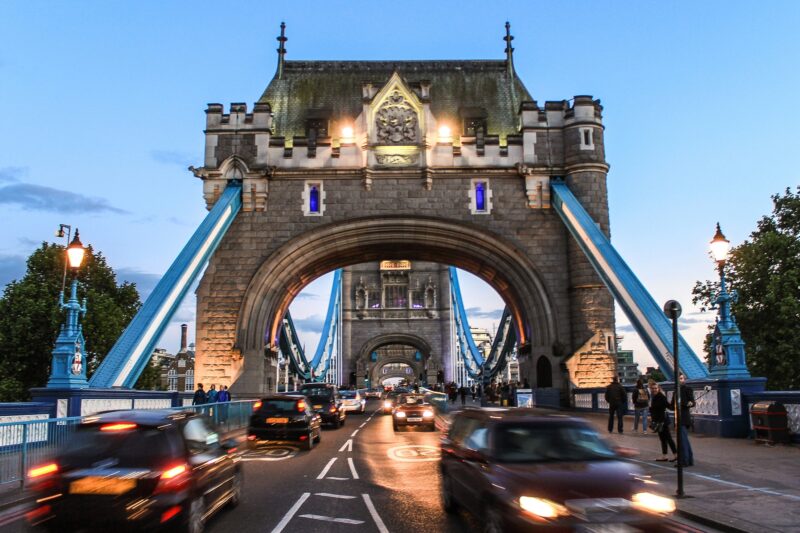Although modern cars are safer than ever, drivers in parts of London will see speed limits cut from 30mph to 20mph as part of an ongoing drive for safety – and many motorists are unhappy about it.
As the scheme is rolled out across Royal Borough of Greenwich, the Royal Borough of Kensington and Chelsea, Lewisham, Southwark, Wandsworth, Merton, Bromley and Lambeth, drivers are also being targeted by plans which would see them penalised for travelling at just one mile an hour over the speed limit, as Taxi Point reports.
This means that journeys on roads that were previously 30mph will take longer, and for professional drivers, time is money. But those who break the new speed limit could be fined and receive points on their licence. This, in turn, will have an impact on their taxi insurance or business insurance premiums.
Safety and speed limits
The drive to cut the speed limit in large parts of south London comes as Transport for London wants to reduce the number of deaths and injuries caused by speeding drivers. TfL told Taxi Point that more than 1,000 people are injured or killed each year by drivers exceeding the speed limit.
It adds that lowering speed limits is “a key part of the Mayor’s Vision Zero goal to eliminate death and serious injury from London’s transport network and to enable more walking and cycling in the capital”.
TfL wants more people to use healthier and more sustainable forms of travel which it says will be vital to reducing congestion and air pollution.
But the roads where speed limits are being reduced were designed for vehicles travelling at 30mph. And modern cars allow drivers clear views of the roads around them and come with safety features such as collision alerts and even automatic braking.
Cutting the speed limit means that taxi drivers and other professional drivers will spend longer on the same stretch of road, increasing their journey time and their cost of travelling. It will also make roads busier as more vehicles squeeze into traffic, adding to the frustration and delays.
Speed campaigns
There have been many studies looking into the links between speed and serious injury and death, and many of us are familiar with the public service campaigns “20 is plenty” and “kill your speed, not a child”.
These hard-hitting appeals get the message across that speeding is dangerous. But we must remember that roads have been designed with the relevant speed limits in mind. Motorways were built for cars to travel at 70mph in the same direction and are generally long and straight, with gradual bends and junctions usually spaced a safe distance apart.
On the other hand, residential roads were designed for vehicles travelling at up to 30mph and have enough room for drivers to spot dangers such as vehicles turning or pulling out from junctions, pedestrians, cyclists and other potential hazards.
While the risk of injury increases at higher speed, many serious collisions usually result from other factors as well, such as a driver being distracted by a mobile phone, being under the influence of drink or drugs, or performing some other dangerous manoeuvre.
And we are not talking about someone travelling at 60mph in a 30mph limit, which is dangerous in itself and those drivers deserve to have the book thrown at them.
Speeding clampdown
For those who might consider ignoring the new limits, the All Parliamentary Group for Cycling and Walking wants tolerances in the enforcement of speeding to be removed and is calling for fines for going over speed limits by 1mph.
As Taxi Point reports, most police forces have a tolerance of 10 per cent plus 2mph above the limit before drivers face prosecution for speeding. This means that in a 30mph zone, a driver would usually have to be travelling at 35mph or above before the police act.
But this is not because they use their discretion or judgement about the speed or manner in which a vehicle is being driven. It is because the accuracy of speedometers varies between vehicles and manufacturers and if police adopted a zero-tolerance approach to speeding, they would spend most of their time litigating cases in which a vehicle’s speedometer said the driver was within the speed limit, but police radar or speed camera recorded them as being over it.
Until every speedometer in every vehicle is calibrated exactly to speed-detecting equipment used by police, they cannot penalise drivers who break the speed limit by one or two miles, whether it is at 30mph, 70mph, or the new 20mph zones.
How will lower speed limits affect you earning a living on the roads?


